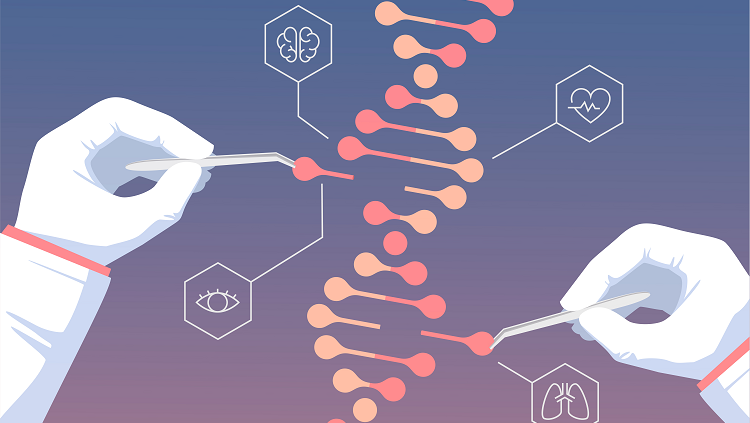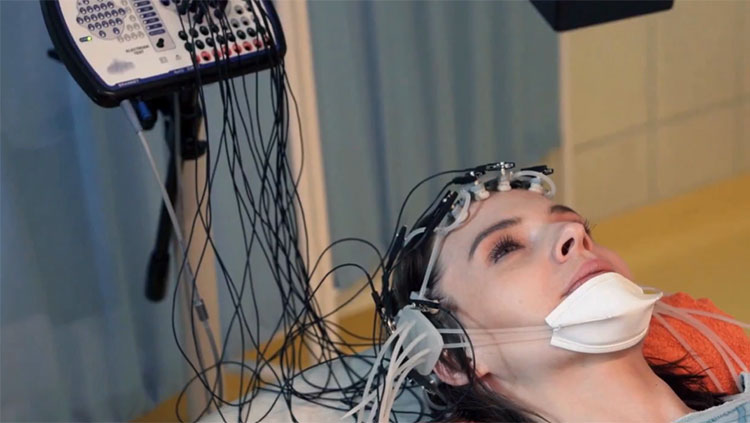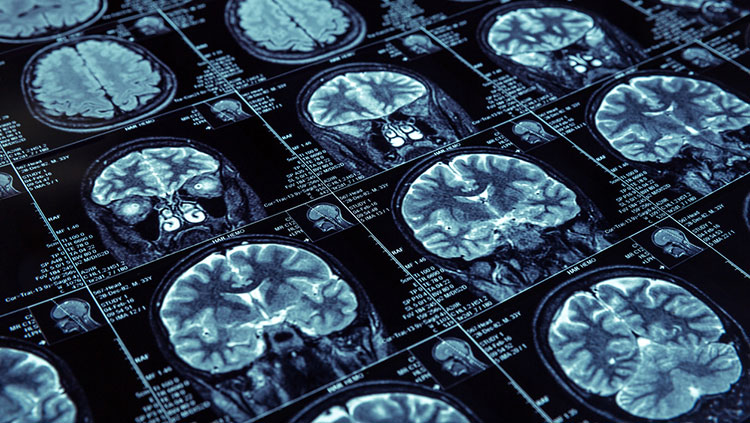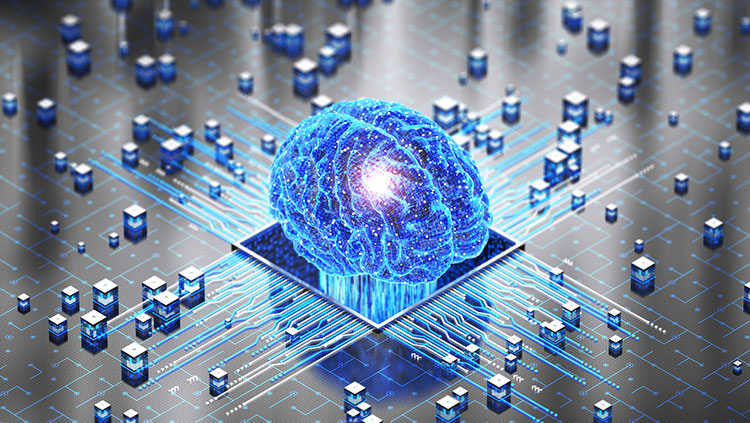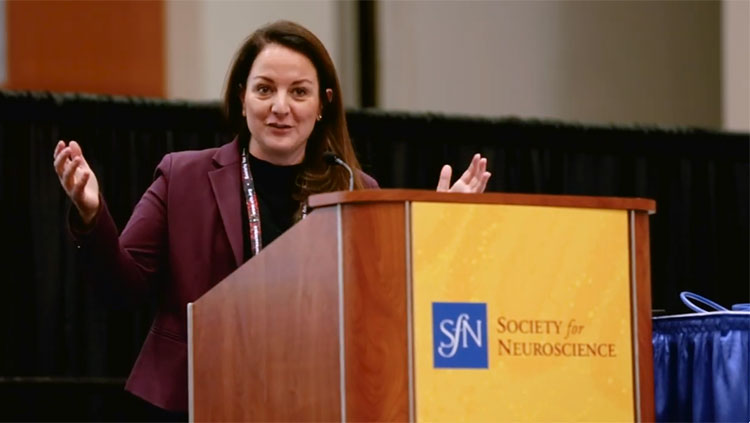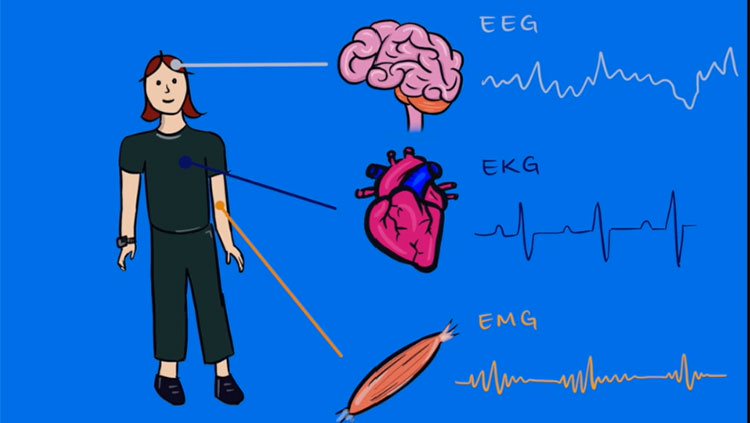Genes are your body’s blueprints. Though genes contain all the information your body needs to build and maintain itself, sometimes genes contain flawed instructions. Editing these mutated genes requires rewriting the blueprints. CRISPR-Cas9, or CRISPR for short, is a new technology that lets scientists do just that.
Storyboard and animation produced by Midnight Snacks for BrainFacts.org.
Scripting by Michael W. Richardson and Lisa Chiu.
Editorial Production by Hannah Zuckerman and Juliet M. Beverly.
CONTENT PROVIDED BY
BrainFacts/SfN
Transcript
Genes are your body’s blueprints.
Comprised of DNA, they contain all the instructions your body needs to build and maintain itself.
Genes determine things like your hair and eye colors, and your height.
But sometimes genes contain flawed instructions. And, these varieties are harmful. These mutated genes cause diseases like Huntington’s or sickle cell anemia. And treating them requires rewriting the blueprints.
CRISPR-Cas9, or CRISPR for short, is a new technology that allows us to do just that.
Scientists have been identifying problem-causing genes for many years.
To fix even one problem, the faulty gene needs to be repaired in as many cells as possible.
To find, and eliminate such genes, they turn to special agent CRISPR.
Here’s how it works.
CRISPR-Cas9 is made of two parts.
Cas9 is an enzyme, a protein that activates a chemical reaction, and a trained assassin of bad DNA.
CRISPR RNA, or guide RNA, are short strands of RNA that match the targeted gene. Cas9 carries the guide RNA along with it on the job to track its prey.
After infiltrating cells, Cas9 hunts down DNA segments matching the CRISPR RNA. Wherever it finds them, it attacks, slicing through both DNA strands and severing them.
The cell desperately attempts to mend the severed pieces.
The break will be repaired, but if the repair pathway makes a mistake, the gene can be inactivated.
Then it’s time for a new assignment, and a new CRISPR.
Inactivating a gene like this has plenty of uses.
Scientists use it to observe how specific genes work, studying mice with certain DNA segments removed to see its effects.
Scientists can edit white blood cells to train them to attack cancer cells, or create malaria-free mosquitoes, or give crops a fighting chance against pests.
It’s even possible to swap in a new sequence to replace the knocked out gene, but we’re still pretty far off from building custom creatures.
In the future, CRISPR might treat genetic disorders like hereditary blindness.
If it can knock out the unhealthy gene from one parent, the healthy parent’s gene gets used instead to build our genetic code.
We're closer than ever to creating better DNA, but don’t expect to tinker with your genome any time soon.
Human DNA still contains mysteries.
The gene that causes a disease might also contribute to your memory, or your intelligence.
We need to know a lot more about how specific genes work before we start modifying them.
What to Read Next
Also In Tools & Techniques
Trending
Popular articles on BrainFacts.org


